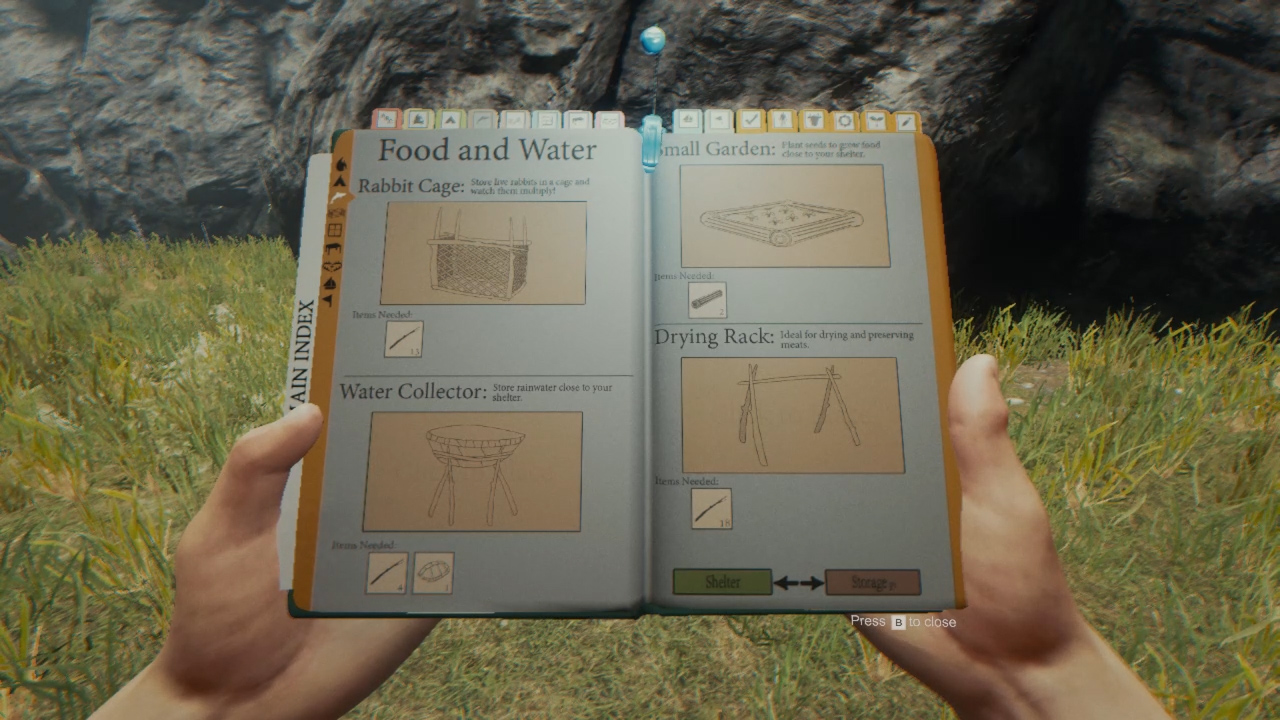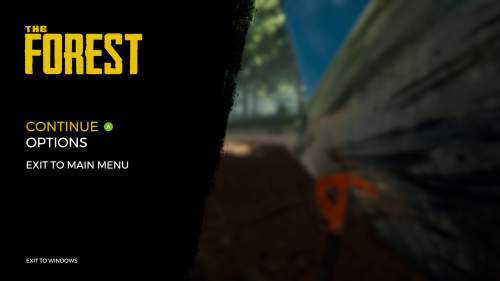

Add some transform randomisation by activating rotation and setting the following settings.In the drop down list under the image select Dense.To increase the density further change the Density dimension to 32m.Offset can be used to move the image along the x and Y axis, useful for precise control This scales the image in scene units which then tiles in all directions. The size of the bitmap in the scene is determined by the density parameters.By selecting these from the drop-down list, the distribution of trees will immediately update in the viewport. The plug-in comes with a default list of sample images.In this way, we can create any desired distribution pattern simply by painting a custom bitmap. If a pixel is white, a tree is created for black pixels the position is empty. The distribution of objects is defined by a bitmap in which any pixel is a potential tree position.The exercise files contain all the objects necessary to complete this tutorial, they are compatible with Mental Ray and V-Ray, please download the appropriate version from our download page. The majority of this tutorial can be completed with the free lite version. You should also have the most recent version of Forest Pack and RailClone installed. The starter files are compatible with 3DS Max 2010 and later. Randomising Colour: Easily add simple colour variation using the optimise materials tool and Forest Color's tint by gradient feature. Grass and Flowers: Introducing distribution on mesh surfaces and how to set up include and exclude distribution areas

Trees and Bushes: Introduction to key Forest Pack features and using splines to control the placement of objects For ease this tutorial is split into 3 parts. There are a number of forest objects in the scene, each designed to demonstrate a different aspect of the Plugin.

Forest Pack is incredibly easy to use, this series of tutorials is designed to get you up and running quickly and give you the skills you need to create fantastic scenes with Forest Pack Pro.


 0 kommentar(er)
0 kommentar(er)
